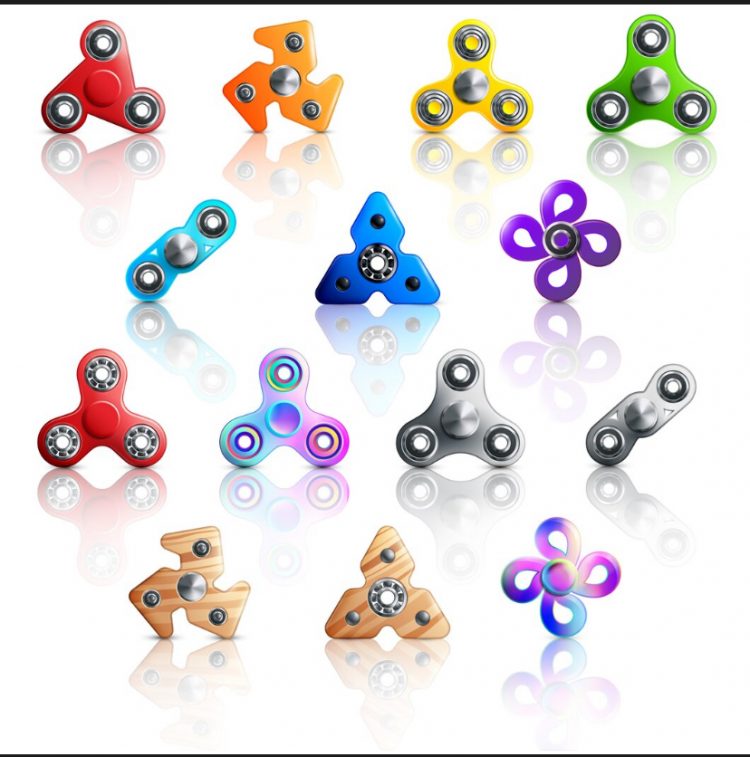Roblox Blade Ball rewards players who can read tempo, anticipate trajectories, and convert clean parries under pressure. Many eliminations happen not because players lack speed, but because their timing windows drift as the tempo accelerates. This guide frames reflex training as a repeatable system rather than a series of lucky saves during chaotic rallies. Follow these principles and you will reduce panic, stabilize parry windows, and turn dangerous redirects into decisive counterplays.
Start with a simple truth about parry timing that many players overlook during early improvements. The ball rarely accelerates in a perfectly linear curve, so your first read should anchor on rhythm, not speed. Count in your head during the early exchanges and lengthen the count slightly as the rally accelerates. When your inner metronome stays steady, your reaction hand no longer chases panic, and your parry happens on schedule.
Upgrade that rhythm with a reliable visual cue so your eyes and hands precisely coordinate. Track the ball as it passes an imaginary checkpoint on your screen rather than waiting until it nearly collides. The checkpoint can be a crosshair ring, a reticle edge, or a fixed mark on the environment. Commit to your parry without hesitation when the ball crosses that checkpoint and trust the system you practiced.
Camera control determines whether your eyes see the ball early enough for the metronome to matter. Keep the camera slightly zoomed out so peripheral vision can track opponents’ queueing abilities and redirect angles. Avoid over-rotating the view after a successful parry because frantic swings cause missed checkpoints on the next return. Aim for smooth camera arcs that keep the ball, the next opponent, and your escape lane in a single comfortable frame.
Positioning multiplies camera stability by creating predictable angles, simplifying trajectory reads and interception choices. Stand where the ball approaches from a consistent quadrant rather than directly behind or extreme edges. Give yourself a small lateral buffer to sidestep into the incoming line without crossing the center too often. Consistent lanes reduce eye travel, shorten decision distance, and keep your parry window comfortably inside your practiced rhythm.
Latency awareness turns a good parry routine into a clutch-ready habit that still works on imperfect connections. Check your ping before queues and adopt a slight pre-activation offset if your numbers trend upward. You can parry exactly on the checkpoint on green connections, while on yellow connections, you pre-commit slightly earlier. Avoid background downloads, close overlays, and keep device thermals in check so frame pacing stays predictable during long rallies.
Input settings should support your timing routine rather than chasing flashy flicks that collapse under stress. Lower sensitivity slightly until micro corrections feel smooth and your reticle does not overshoot when tracking. Map the parry input to a position your finger reaches without stretching during maximum tension moments. The goal is a compact motion that remains identical across early, mid, and late rally speeds.
In practice mode, reflexes become automatic and consistent under variable ball patterns and tempo shifts. Drill a ten-minute routine alternating slow rhythm reads, medium speed checkpoints, and late rally accelerations. Record short clips, review whether your parry happens at the checkpoint, and tag clips showing drift. Repeat the sequence daily, and your muscle memory will hold steady even when opponents stack tricky abilities and redirects.
Build a personal recovery protocol for the inevitable misses so mistakes do not multiply across the following exchanges. After a late parry, reset your breathing and re-establish the metronome before attempting another aggressive redirect. If your eyes feel rushed, widen the camera for two rallies and reposition back to a consistent quadrant. Strong players recover faster, not because they never miss, but because they reset their systems immediately and confidently.
Sustain motivation by connecting progression to cosmetics, seasonal goals, and friendly community challenges that make practice enjoyable. If you plan to collect themed items, evaluate legitimate purchase options, and watch value timing around events. Many players explore local payment choices; some compare bundles through Robux gift card India availability for predictable budgeting. Treat cosmetic goals as rewards for keeping your practice streak alive, never as distractions that replace your daily drills.
Finish each session by testing your whole routine in real matches, but keep the learning loop active and humble. Enter a lobby with one focus, such as checkpoint timing or camera arcs, and rate yourself after every few rallies. When a concept slips, return to practice mode, rebuild consistency, and rejoin with a calmer mind. Over time, you will convert panic into rhythm, wild flicks into measured parries, and random wins into sustainable Blade Ball mastery.








